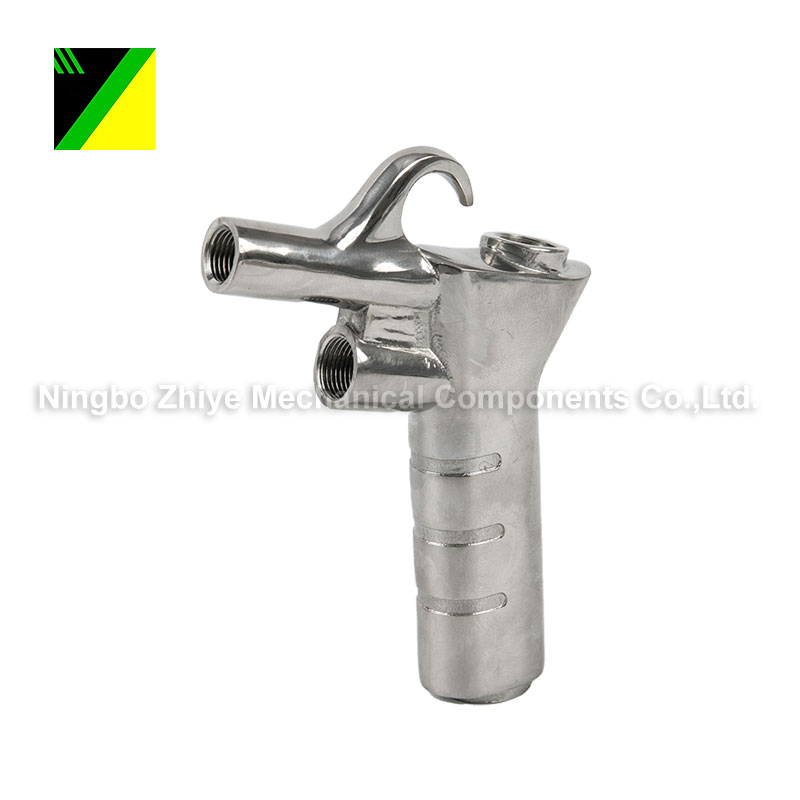
- English
- Español
- Português
- русский
- Français
- 日本語
- Deutsch
- tiếng Việt
- Italiano
- Nederlands
- ภาษาไทย
- Polski
- 한국어
- Svenska
- magyar
- Malay
- বাংলা ভাষার
- Dansk
- Suomi
- हिन्दी
- Pilipino
- Türkçe
- Gaeilge
- العربية
- Indonesia
- Norsk
- تمل
- český
- ελληνικά
- український
- Javanese
- فارسی
- தமிழ்
- తెలుగు
- नेपाली
- Burmese
- български
- ລາວ
- Latine
- Қазақша
- Euskal
- Azərbaycan
- Slovenský jazyk
- Македонски
- Lietuvos
- Eesti Keel
- Română
- Slovenski
- मराठी
- Srpski језик
Does investment casting have a good surface finish?
2024-07-01
Investment casting, also known as lost-wax casting or precision casting, is a casting process that is known for its ability to produce parts with excellent surface finish and dimensional accuracy. When considering the surface finish of investment castings, several factors come into play.
Here are some key points regarding the surface finish of investment castings:
High Surface Quality: Investment casting is capable of producing parts with very smooth and refined surfaces. This is due to the use of wax patterns that are precisely made and then replicated in the casting process. The final castings tend to have a surface finish that is comparable to or even better than machined surfaces.
Control of Surface Roughness: Investment casting allows for precise control of surface roughness. The surface finish can be tailored to meet specific requirements, from very smooth Ra values (surface roughness average) of Ra0.2 to Ra0.4 μm, or even finer, depending on the application and material used.
Material Selection: The choice of material also affects the surface finish of investment castings. Some materials, such as aluminum alloys, are more suited for investment casting and tend to produce parts with excellent surface quality.
Post-Processing: While investment casting itself produces high-quality surfaces, additional post-processing steps, such as grinding, polishing, or coating, can further enhance the surface finish and meet specific requirements.
Advantages Over Other Casting Processes: Compared to other casting processes, investment casting offers superior surface finish and dimensional accuracy. This is because the wax patterns used in investment casting are more precise and can replicate complex geometries with greater accuracy.
In summary, investment casting is a process that is capable of producing parts with excellent surface finish. The precision of the wax patterns, material selection, and post-processing options all contribute to the high-quality surfaces achieved through this casting method.




